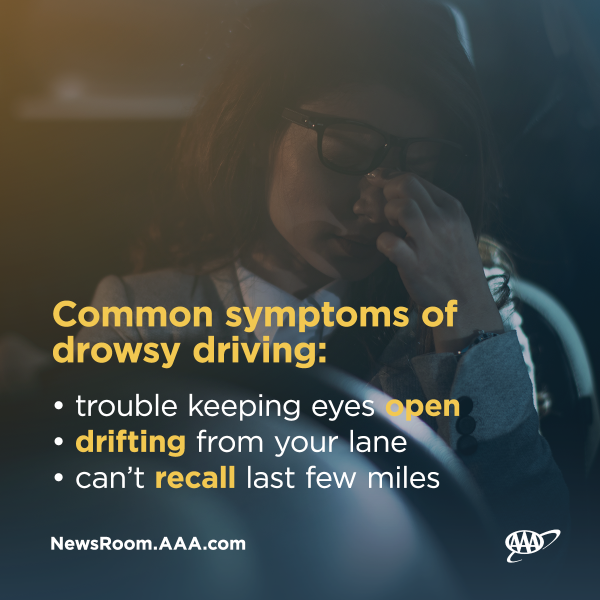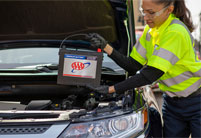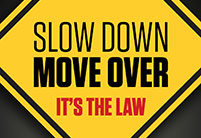Drowsy Driving: Don’t Be Asleep at the Wheel
Drowsy Driving: Don’t Be Asleep at the Wheel

November 7-14, 2021 is Drowsy Driving Prevention Week, and AAA has advice for motorists to avoid the dangerous habit. The Centers for Disease Control and Prevention says 35 percent of U.S. drivers sleep less than the recommended minimum of seven hours daily. In a 2018 AAA Foundation for Traffic Safety survey, nearly all drivers (96 percent) say they view drowsy driving as a serious threat to their safety and a completely unacceptable behavior. However, 29 percent admitted to driving when they were so tired they had a hard time keeping their eyes open at some point.
The AAA Foundation also conducted in-depth drowsy driving research in the U.S. using footage of everyday drivers. It found that the percentage of crashes involving drowsiness is nearly eight times higher than federal estimates. In the 2018 study, researchers examined video of drivers’ faces in the three minutes leading up to a crash. Using a scientific measure linking the percentage of time a person’s eyes are closed to their level of drowsiness, the researchers determined that 9.5 percent of all crashes and 10.8 percent of crashes resulting in significant property damage involved drowsiness. Federal estimates indicate drowsiness is a factor in only one to two percent of crashes.
The difficulty in detecting drowsiness following a crash makes drowsy driving one of the most underreported traffic safety issues.
Knowing the warning signs of drowsiness can help drivers avoid dozing off behind the wheel. The most common symptoms include:
- Having trouble keeping your eyes open
- Drifting from your lane
- Not remembering the last few miles driven
Drivers however should not rely on their bodies to provide warning signs for drowsiness and should instead prioritize getting at least seven hours of sleep before hitting the road. AAA recommends that drivers:
- Travel at times of the day when they are normally awake
- Avoid heavy foods
- Avoid medications that cause drowsiness or other impairment
For longer trips, drivers should:
- Schedule a break every two hours or every 100 miles
- Travel with an alert passenger and take turns driving
- Do not underestimate the power of a quick nap. Pulling into a rest stop and taking a quick catnap -- at least 20 minutes and no more than 30 minutes of sleep -- can help to keep you alert on the road.












